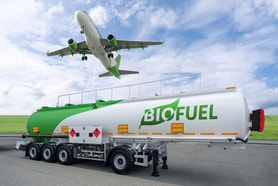An introduction to…Gas Chromatography
Gas Chromatography, usually abbreviated to GC, is used in analytical chemistry to separate and analyse compounds that can be vaporised without decomposition.
Within industrial gas production, this applies specifically to the process of separating a gas mixture to determine the presence and relative concentration of gases and impurities in a sample.
When applied correctly, GC is exceptionally accurate and can measure down to part-per-billion concentrations in gaseous samples, making it particularly suitable for use in high-purity processes. It is also atypical as a gas analysis technique in that measurement is made following the individual separation of the gas sample constituents rather than making an analysis within the sample as a mixture.
In GC, the components of the mixture are separated by circulating a gas sample using an inert carrier gas, known as the mobile phase, into a flow-through circular tube known as a column. The different constituents of the gas mixture are separated due to their interaction with the column material, known as the stationary phase, which due to chemical bonding, absorption or solubility causes the different molecules in the sample to elute at different times.
... to continue reading you must be subscribed










